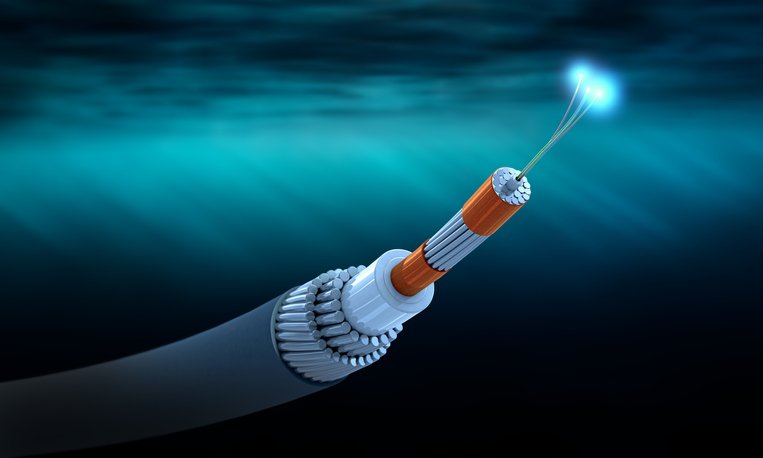In a significant stride towards enhancing Australia’s energy infrastructure, Hitachi Energy has been awarded the contract to build a high-voltage direct current (HVDC) link between Tasmania and the mainland grid. This ambitious project, known as Marinus Link, aims to bolster energy security, integrate renewable energy sources, and support Australia’s transition to a low-carbon future. In this blog, we delve into the details of the HVDC link, its implications, and the benefits it promises.
The Marinus Link Project: An Overview
Bridging Tasmania and Mainland Australia
The Marinus Link is a proposed 1500 MW HVDC interconnector that will create a direct electricity link between Tasmania and Victoria. Spanning approximately 250 kilometers, this underwater and underground cable system is set to be one of the most advanced and longest HVDC links in the world. By providing a robust and reliable connection, the Marinus Link will enable the efficient transfer of electricity between the two regions, enhancing grid stability and energy sharing.
Project Scope and Timeline
The project, valued at an estimated $3.5 billion, will be executed in two stages, each with a capacity of 750 MW. The first stage is expected to be completed by the mid-2020s, followed by the second stage a few years later. Hitachi Energy, renowned for its expertise in HVDC technology, will leverage its cutting-edge solutions to ensure the successful delivery of this complex project.
Benefits of the Marinus Link
Enhancing Energy Security
One of the primary benefits of the Marinus Link is the enhancement of energy security for both Tasmania and mainland Australia. By creating a two-way energy flow, the link will allow for greater flexibility in managing electricity supply and demand. This capability is crucial for preventing blackouts, managing peak loads, and ensuring a stable and reliable power supply.
Integrating Renewable Energy
Keywords: renewable energy, wind power, hydroelectric power, clean energy
Tasmania is a leader in renewable energy, with abundant hydroelectric and wind power resources. The Marinus Link will facilitate the integration of these renewable energy sources into the national grid, allowing excess power generated in Tasmania to be exported to the mainland. This integration will support Australia’s renewable energy targets and help reduce greenhouse gas emissions by replacing fossil fuel-based power generation.
Economic and Environmental Impact
The Marinus Link is expected to have a significant economic impact, creating thousands of jobs during the construction phase and generating ongoing employment opportunities in operations and maintenance. Additionally, by promoting the use of renewable energy, the project will contribute to a cleaner environment, reducing the carbon footprint of electricity generation and supporting sustainable development.
HVDC Technology: The Backbone of Marinus Link
Advantages of HVDC
High-voltage direct current (HVDC) technology is critical for the Marinus Link due to its efficiency and capability to transmit electricity over long distances with minimal losses. Unlike alternating current (AC) systems, HVDC systems are less prone to power loss and are more effective in stabilizing grid fluctuations. This technology ensures that the electricity transmitted between Tasmania and the mainland remains efficient and reliable.
Hitachi Energy’s Expertise
Keywords: Hitachi Energy, HVDC solutions, global leader, technological innovation
Hitachi Energy is a global leader in HVDC solutions, with a proven track record of delivering large-scale projects worldwide. The company’s expertise in HVDC technology, combined with its innovative approach, will be instrumental in the successful implementation of the Marinus Link. Hitachi Energy’s commitment to sustainability and technological excellence aligns perfectly with the goals of the project.
Conclusion: A Milestone in Australia’s Energy Future
The Marinus Link represents a milestone in Australia’s energy infrastructure, paving the way for a more secure, sustainable, and efficient energy future. By connecting Tasmania’s renewable energy resources to the mainland grid, the project will play a pivotal role in Australia’s energy transition. Hitachi Energy’s involvement ensures that the Marinus Link will be built with cutting-edge technology and expertise, setting a new standard for energy projects globally.









